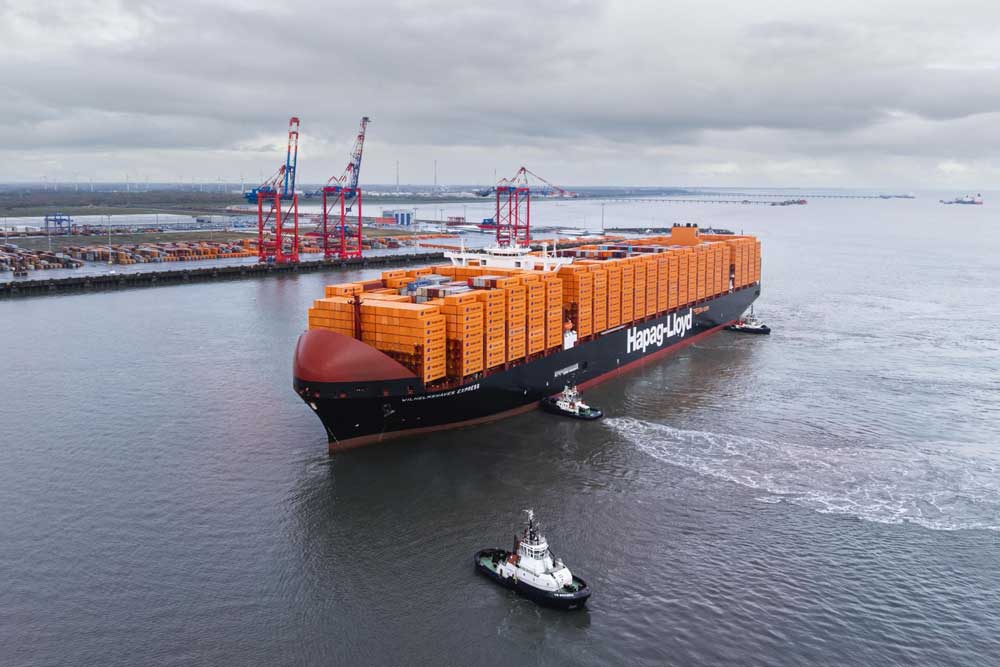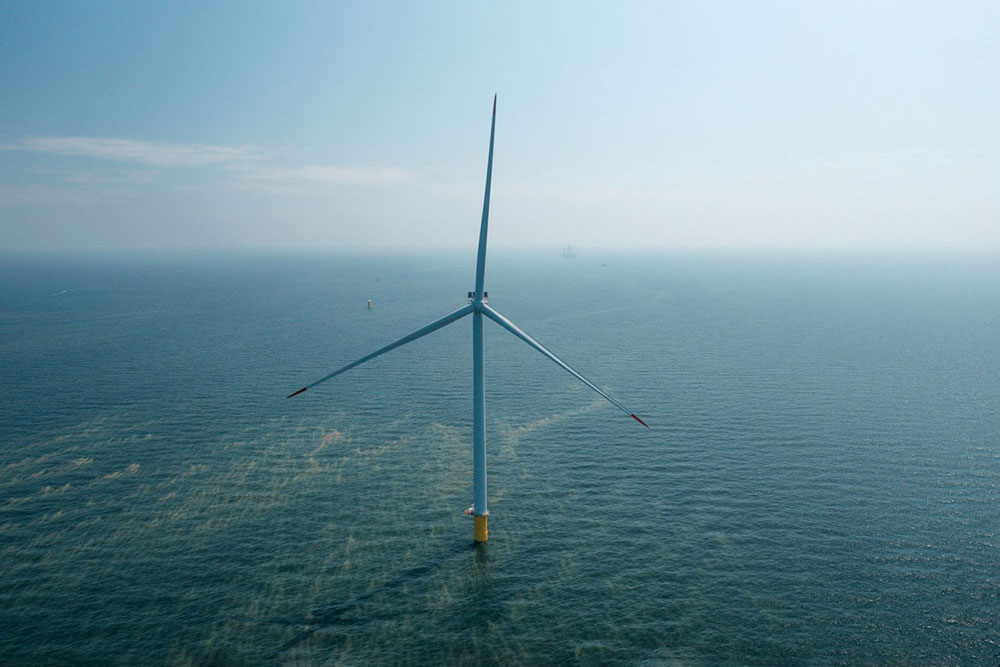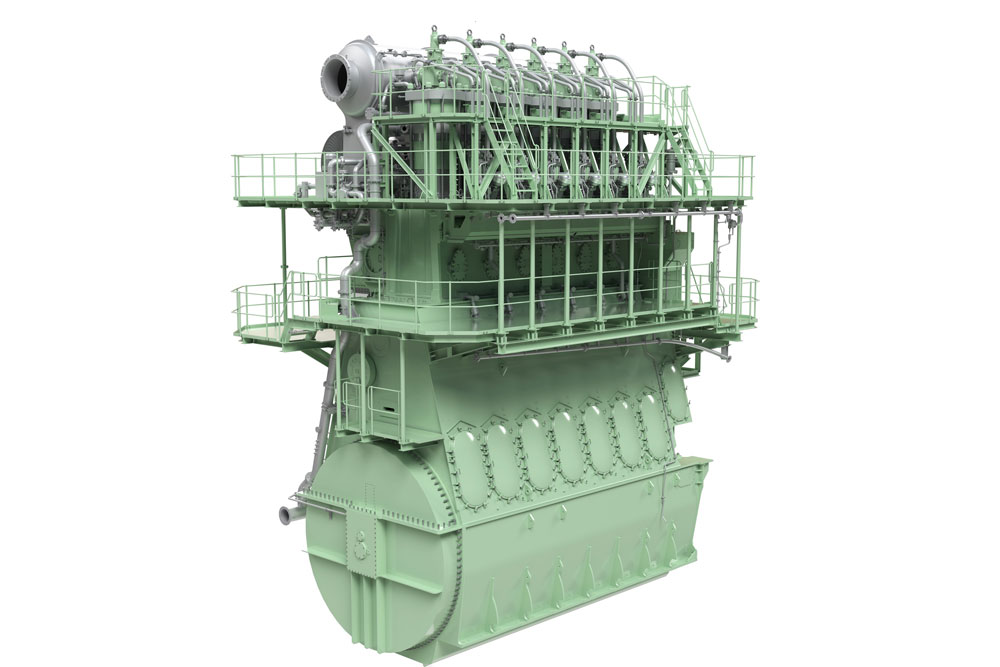Europe’s largest seaport, Rotterdam, will introduce a new tariff system in January – it is intended to simplify matters, better integrate “green” aspects and include discounts and surcharges.
The Port of Rotterdam Authority, in consultation with the Association of Rotterdam Shipbrokers (Vereniging van Rotterdamse Cargadoors, VRC), has set the tariffs in the port for the next three years, as has now been announced.
From 1 January, the way in which sea and inland port dues are calculated will change. Sustainability and efficiency will play a greater role, according to a statement.
Until now, seaport dues were calculated primarily on the basis of the size of a ship and the type and quantity of cargo handled. Now a sustainability component based on the size of the ship is being added. With this new calculation method, greater importance will be attached to sustainability and efficient loading.
Fewer concessions in Rotterdam
The general indexation of the current sea and inland port tariffs for 2025 is reported to be 6%. For the following years, it will be 3.5% in 2026 and 2.5% in 2027. From 2025, a number of existing concessions on seaport dues will also be abolished. This is intended to simplify the overall calculation of port charges. The abolition of these discounts will be compensated for in the basic tariffs. There will be three different discounts based on sustainability and efficiency” says the port authority.
If a ship scores well on the Environmental Ship Index (ESI), the total port dues for a shipping company can be lower from 1 January 2025, just like for a ship with a so-called Green Award certificate. In addition, the degree of capacity utilisation will be taken into account in the new seaport dues. The port charges per tonne of cargo handled will be lower if the capacity of a ship is used as efficiently as possible. This will also have a positive effect on emissions per tonne handled.
This is the first adjustment to port tariffs since 2022 and it is very important for the Port of Rotterdam Authority to focus on sustainability and efficiency in this adjustment, emphasizes Matthijs van Doorn, Commercial Director of the Port of Rotterdam Authority. “We want the port of Rotterdam to become climate-neutral by 2050 while remaining vital and competitive. The adjustment of port tariffs fits into this picture.”
Kees Groeneveld, Chairman of the VRC, adds: “Shipping companies are currently investing heavily and at high risk in the commissioning of energy-efficient and sustainable vessels. These use methanol as fuel, among other things. It is good to reward the shipping companies for this. Together we have been able to reach good agreements. It is important that the Port of Rotterdam Authority continues to invest in a safe port with an excellent physical and digital infrastructure and good connections.”
Sustainability and transparency in inland shipping
More emphasis is also being placed on sustainability in the calculation of inland port dues. From 2025, a sustainability contribution of 5% will be added. This means that the charges for motorised vessels will be increased by 5%. The revenue from this increase will be reserved for sustainability initiatives in the inland shipping sector. Skippers who share their emissions data with the Port of Rotterdam Authority via the Green Award scheme will receive a 5% discount on the inland port dues.
The current environmental differentiation scheme will be replaced by an incentive system based on Green Award certificates. Ships with bronze and silver certificates will receive a 15% discount, ships with gold certificates will receive a 30% discount and ships with platinum certificates will receive a 100% discount on inland port dues.
A 5% discount on inland port dues applies to barges that share location data with the Port of Rotterdam Authority via a tracker. Transparency in this area contributes to port safety and provides insight into the berth occupancy of pushed barges.
The port of Rotterdam
- 12,500 ha port area (land & water, of which around 6,000 ha industrial area)
- Goods throughput: around 439 million tons of goods per year
- approx. 28,000 seagoing vessels per year
- approx. 90,000 inland vessels per year
- For the Netherlands as a whole, the port of Rotterdam means more than 500,000 jobs and an added value of over €60bn















